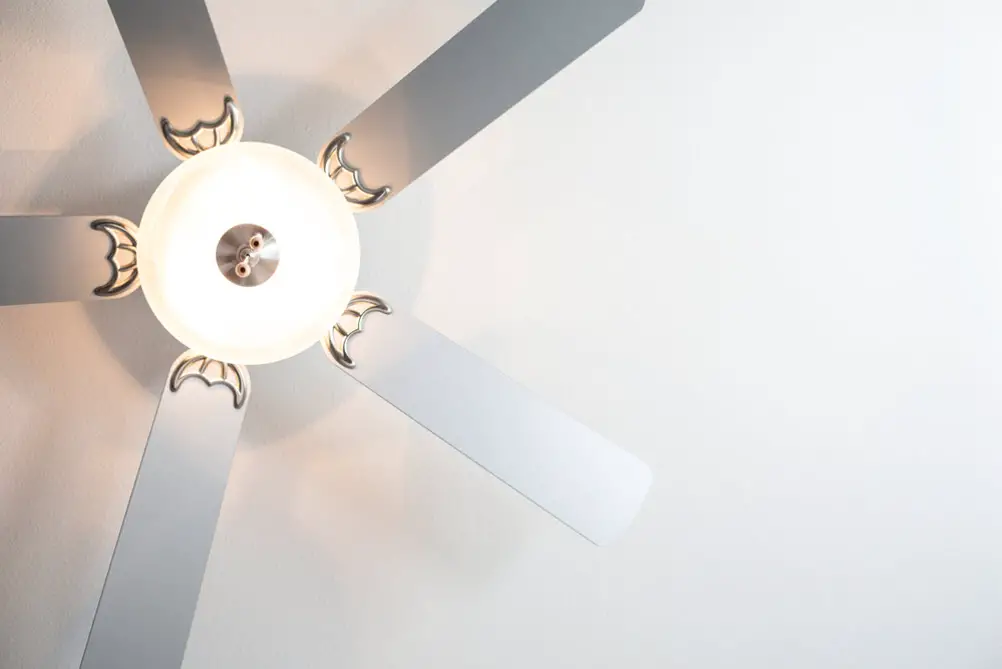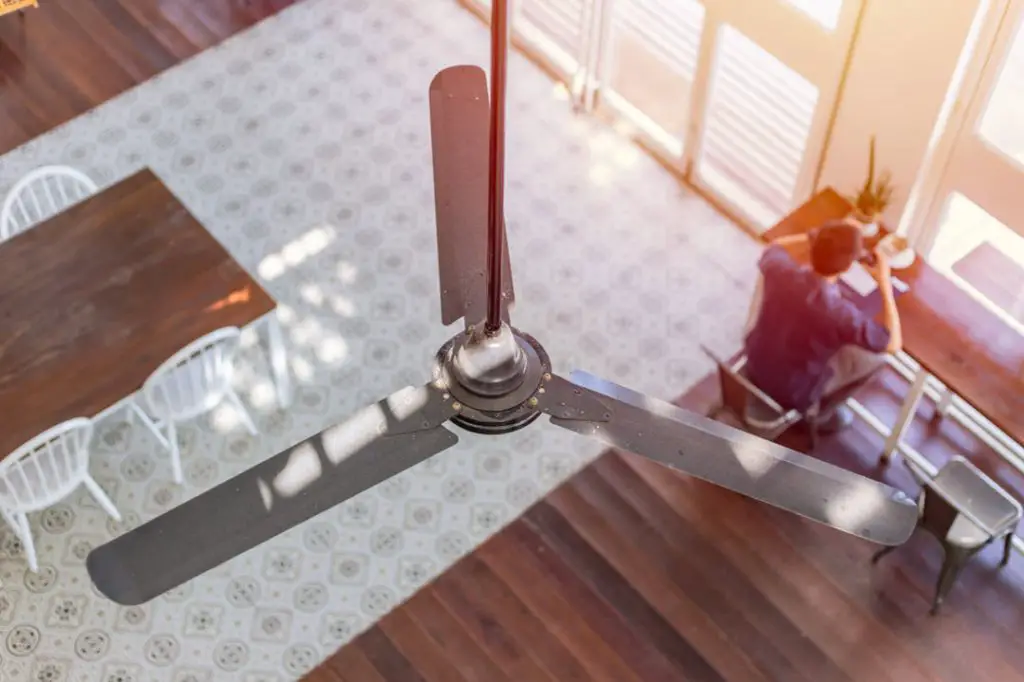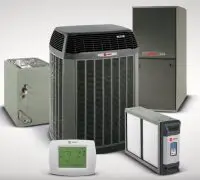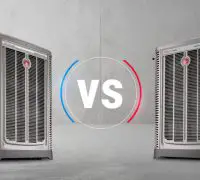When summer heats up, more homeowners start considering ways they can keep their homes cool. While air conditioners are essential in some parts of the country for making indoor spaces livable during the hot months, most homeowners need more energy- and cost-efficient solutions than changing the thermostat.
You can tape aluminum foil over every window, remove heavy rugs and blankets and place a moratorium on using heat-generating appliances like the stove and oven, but there is no simpler solution for cooling a space than a ceiling fan. If you are in the market for a new ceiling fan, here are a few features you should consider before you buy.
Page Table of Contents
Airflow
The main objective in installing a ceiling fan in your space is to improve airflow, so the ability of a fan to produce efficient airflow should be among your top interests. Fortunately, there is a tool for understanding an individual fan’s ability to move air: its CFM, or cubic feet of airflow per minute. Essentially, a fan’s CFM is its ability to create sufficient wind to cool the air. CFM is measured on the fan’s highest speed, and it is affected by a number of factors within the fan and surrounding space, such as the fan’s motor, the blade pitch, the length of the blades and the length, width and height of the room.
A high-number CFM means a fan is capable of moving a large volume of air quickly, but that doesn’t necessarily mean that you need the fan with the highest CFM possible. Large commercial and industrial fans have exceedingly high CFM rates, but they won’t fit in the average bedroom. Instead, you should look for fans with between 6,000 and 7,000 CFM, or you can calculate your CFM needs here.
Style
The style of your fan might not affect its functionality, but it will affect how you feel about installing it in your space. Like other large fixtures in the home, ceiling fans come in a range of styles; you can find rustic ceiling fans, industrial-style ceiling fans, ceiling fans for farmhouse style, minimalist style, beach style and more.
For the most part, the style of a fan is manifested in the fan’s blades. Blades are the largest and most obvious component of a fan, and they are also the easiest to alter to suit different styles. While blade angle and length can affect the fan’s airflow, the shape doesn’t much impact its functionality or efficiency, so you can select a fan by finding blades that are the most aesthetically pleasing to you, be that leaf-shaped blades, long, thin blades, wide, rectangular blades or something else. As for the number, three blades is most efficient, but four or five blades tend to be quieter and more attractive.
Additionally, you should consider whether you want a light kit attached to your fan, and if so, what kind of light would work best in your space. The most popular light kits for ceiling fans are:
Bowl lights, which cast light from a single bulb through a bowl-shaped cover. These create medium-level ambient light.
 Multi lights, which cast light from three, four or five bulbs housed in individual fixtures. This light kit is ideal in rooms without other lighting because the illumination tends to be bright.
Multi lights, which cast light from three, four or five bulbs housed in individual fixtures. This light kit is ideal in rooms without other lighting because the illumination tends to be bright.
Energy Efficiency
Most homeowners install fans with the intention of cutting their energy bill and reducing reliance on air conditioning. In fact, some studies have found that a ceiling fan can cut energy bills by as much as 40 percent, helping make rooms feel up to seven degrees cooler without the use of A/C.
If reducing energy-related costs is a concern for you, you should look into the energy efficiency of any fan you might purchase. In particular, you should prioritize fans boasting the Energy Star seal, which tend to be at least 20 percent more efficient than other fans — or 60 percent more efficient when Energy Star fans include a light kit.
Summer is the season for ceiling fans, and the sooner you install a fan in your space, the sooner you can enjoy the cool, low-cost comfort. By factoring airflow, style and efficiency into your purchasing decision, you will end up with a fan you love.






